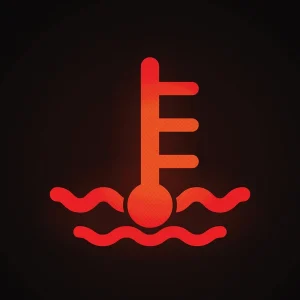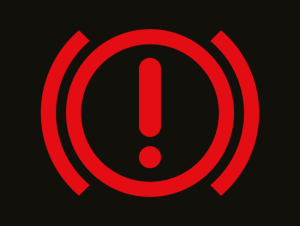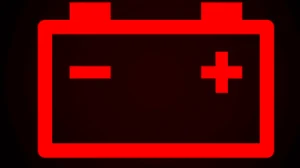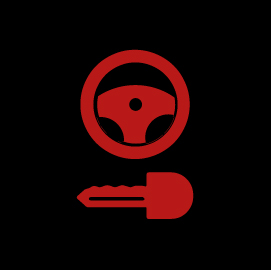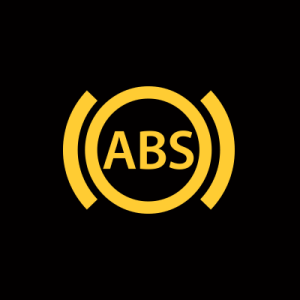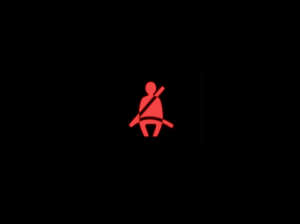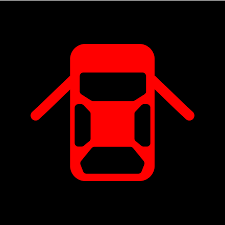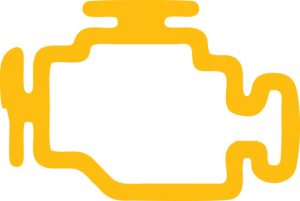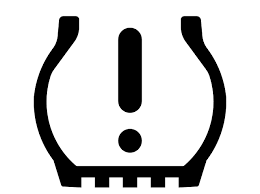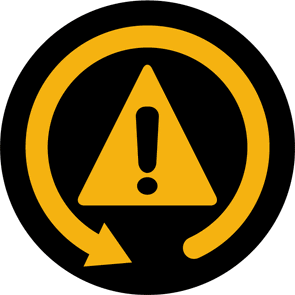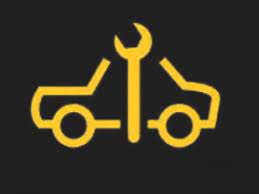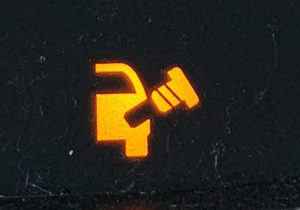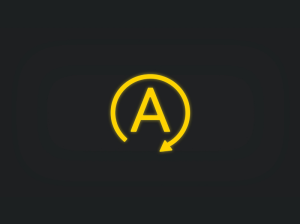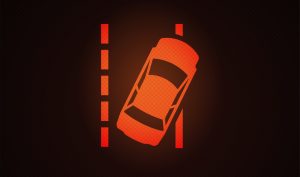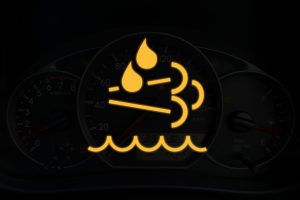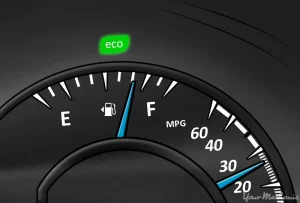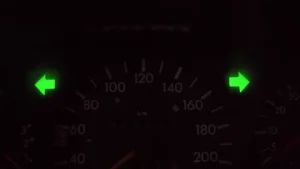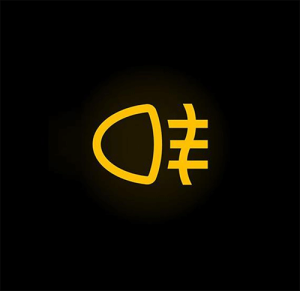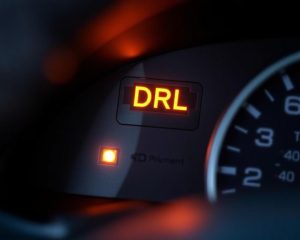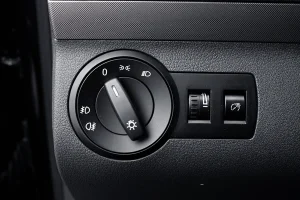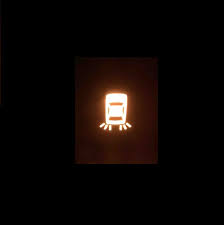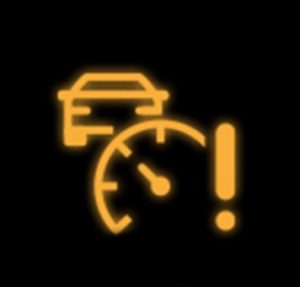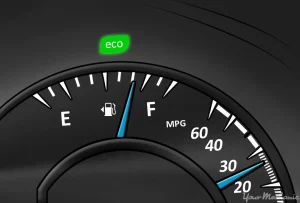Understanding BMW 3 Series dashboard warning lights is essential for maintaining vehicle safety, as they alert drivers to potential issues that could lead to accidents or breakdowns if ignored.
These indicators help prevent costly repairs by prompting timely action, ensuring the car operates efficiently and reliably. Familiarizing yourself with them can enhance your driving experience and prolong your vehicle’s lifespan.
Quick Navigation
Red Warning Lights (Stop Immediately)
Engine Oil Pressure
Low oil pressure can cause engine damage from poor lubrication. Stop the car right away, check the oil level, and add if needed; do not drive until a mechanic inspects for leaks or pump issues.
Engine Coolant Temperature
Engine is overheating, risking severe damage. Pull over safely, turn off the engine to cool, check coolant levels, and seek service immediately to avoid gasket failure or warping.
Brake System
Brake fluid is low or there’s a hydraulic fault, compromising stopping power. Stop driving, park safely, and call for professional help to check fluid and system integrity.
Airbag System
Airbag or belt tensioner malfunction, reducing crash protection. Stop and have it checked at a service center urgently to ensure safety features work properly.
Battery Charging System
Battery is low or electrical system fault, which could strand you. Stop the vehicle, inspect for loose connections, and get it diagnosed to prevent failure.
Steering Lock
Anti-theft steering lock is faulty, potentially locking while driving. Pull over immediately and contact roadside assistance to avoid loss of control.
Integral Active Steering
Dynamic steering system has a failure, affecting handling. Stop safely and perform a steering test; if unresolved, visit a service center right away.
Transmission Fault
Transmission issue like overheating or sensor failure. Stop driving to prevent damage, and have it towed to a mechanic for diagnosis.
ABS Malfunction
Anti-lock braking system is not working, increasing skid risk in emergencies. Stop and seek immediate repair to restore safe braking.
Power Steering Failure
Loss of power assistance makes steering difficult and dangerous. Pull over at once and arrange for towing to fix the system.
Low Brake Fluid
Brake fluid level is critically low, risking brake failure. Stop immediately, check for leaks, and top up or get professional help.
Seatbelt Reminder
Seatbelt not fastened, heightening injury risk in a crash. Stop and buckle up all occupants before proceeding.
Door Ajar
A door is not fully closed, posing a safety hazard. Stop to secure all doors properly before driving.
Air Suspension Fault
Suspension system failure, affecting ride stability. Stop driving and have it checked to prevent handling issues.
Yellow/Amber Warning Lights (Action Required Soon)
Check Engine
Engine or emissions issue, like a faulty sensor. Drive cautiously, scan for codes, and visit a service center soon to avoid worsening problems.
Tyre Pressure
Tyre pressure is low or uneven, risking blowouts. Check and inflate tyres promptly; monitor for leaks and repair if needed.
Diesel Particulate Filter (DPF)
Filter is blocked with soot, affecting emissions. Drive at higher speeds to regenerate, or take to a mechanic if it persists.
Glow Plug
Diesel engine glow plugs are faulty, impacting cold starts. Have them replaced soon to maintain performance.
Dynamic Stability Control (DSC)
Stability system like ESP is off or faulty, reducing traction. Reactivate if possible and get serviced to restore control.
Service Vehicle
General maintenance is due, such as oil change. Schedule a service appointment promptly to keep the car in good condition.
Bulb Out
An exterior light is not working, affecting visibility. Replace the bulb as soon as possible to ensure safe driving.
Fuel Cap
Fuel cap is loose or damaged, causing evaporation. Tighten or replace it soon to seal the system and reset the light.
Start/Stop System
Auto start/stop feature has a fault. Continue driving but have it checked to fix efficiency issues.
Lane Departure
Warning system for unintended lane changes is malfunctioning. Get it serviced soon for continued safety assistance.
Frontal Collision
Collision avoidance system error. Drive carefully and repair promptly to regain protective features.
Diesel Exhaust Fluid (DEF)
DEF level is low, risking engine shutdown. Top up the fluid immediately to prevent starting issues.
Brake Pad Wear
Brake pads are worn thin. Replace them at a service center to maintain stopping effectiveness.
Eco Mode Alert
Eco driving mode is active but may indicate inefficiency. Adjust driving habits or check for related faults soon.
Green Warning Lights (Information Only)
Turn Signals
Indicates turn signals are active for changing direction. No action needed; it flashes to show operation.
High Beams
High beam headlights are on for better night visibility. Adjust as needed for oncoming traffic.
Front Fog Lamps
Front fog lights are activated for low-visibility conditions. Use when appropriate and turn off otherwise.
Rear Fog Lamps
Rear fog lights are on to alert following vehicles. Activate only in heavy fog for safety.
Daytime Running Lights
Automatic lights are on during daytime for visibility. No action required; they enhance road presence.
Automatic Headlamp Dimmer
System is adjusting beams automatically. Informs you of active dimming for convenience.
Tail Light Indicator
Tail lights are on, ensuring rear visibility. No immediate action; monitor for faults.
Cruise Control
Cruise control is engaged, maintaining set speed. Adjust or deactivate as driving conditions change.
Eco Mode
Fuel-saving mode is active, optimizing efficiency. Informs of current economy settings.
Indicator Lights On
General lights like indicators are active. No action; it’s informational for awareness.
Automatic Hold
Brake hold feature is engaged at stops. Releases automatically when accelerating.
When looking at BMW, make sure to check out our guides on models like the BMW 5 Series, BMW 4 Series, BMW 1 Series, and BMW X4. Understanding dashboard warning lights is essential. Our expert reviews break down what each light means, highlighting common alerts for these models and what they could signal about underlying issues, so you’re never left guessing behind the wheel.


